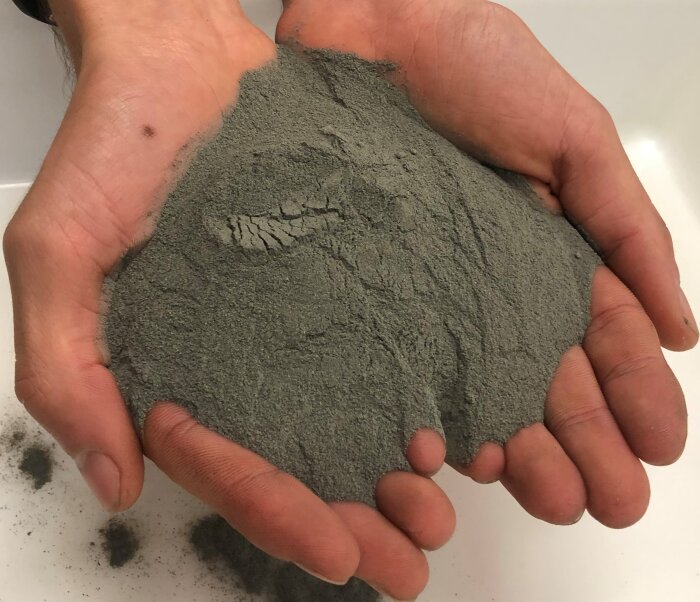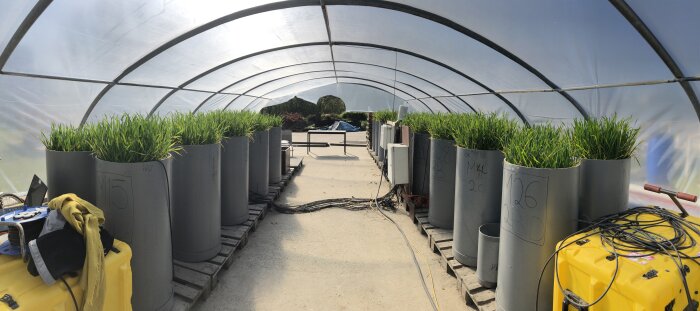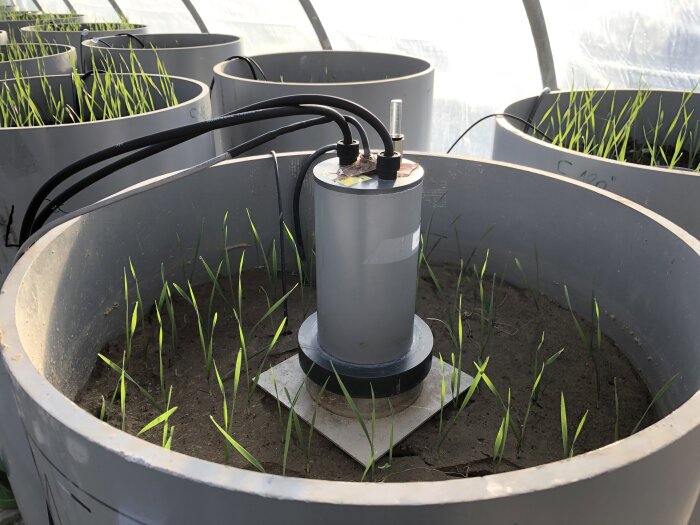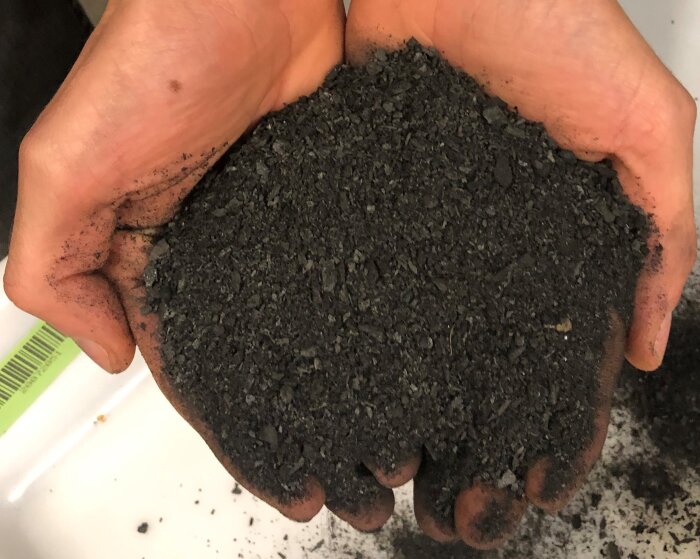-
 Basalt
Basalt -
 NETs manipulation experiment
NETs manipulation experiment -
 NETs manipulation experiment
NETs manipulation experiment -
 Biochar
Biochar
Achieving
the climate targets as agreed at the climate summit in Paris requires rapid decarbonization
of all sectors. However, it is becoming increasingly unlikely that conventional
climate change mitigation alone can stabilize atmospheric CO2
concentrations at a level compatible with the 1.5°C or even 2°C warming limit.
Safe and scalable negative emission technologies (NETs), which actively remove
CO2 from the atmosphere and ensure long-term carbon sequestration
will be needed in addition to conventional climate change mitigation measures.
Multiple
NETs have been proposed, including several land-based approaches capitalize on
the ability to manage ecosystems for increased carbon sequestration and aim to
strengthen the carbon sink on land. These include afforestation and
reforestation and practices such as organic matter and biochar addition to
increase soil carbon in agriculture. A potentially important but yet
understudied NET is enhanced weathering of silicate minerals (ESW). When
silicate minerals weather, CO2 is bound in aqueous form that
eventually precipitates as carbonate, sequestering carbon for millennia. In
nature, silicate rocks weather very slowly (geological time scale), among
others because of the limited surface area of weatherable minerals. The idea
behind ESW is to speed up this natural process by artificially increasing the
weathering rate.
Organic matter addition, the use of biochar and ESW may be particularly interesting for farmers because of the expected co-benefits. These include increases in plant growth and crop yield, increased drought resistance and reduced greenhouse gas emissions.
We use manipulation experiments to quantify the carbon sequestration potential of land-based NETs as well as the side-effects such as plant growth and crop yield as well as nutrient and greenhouse gas fluxes.